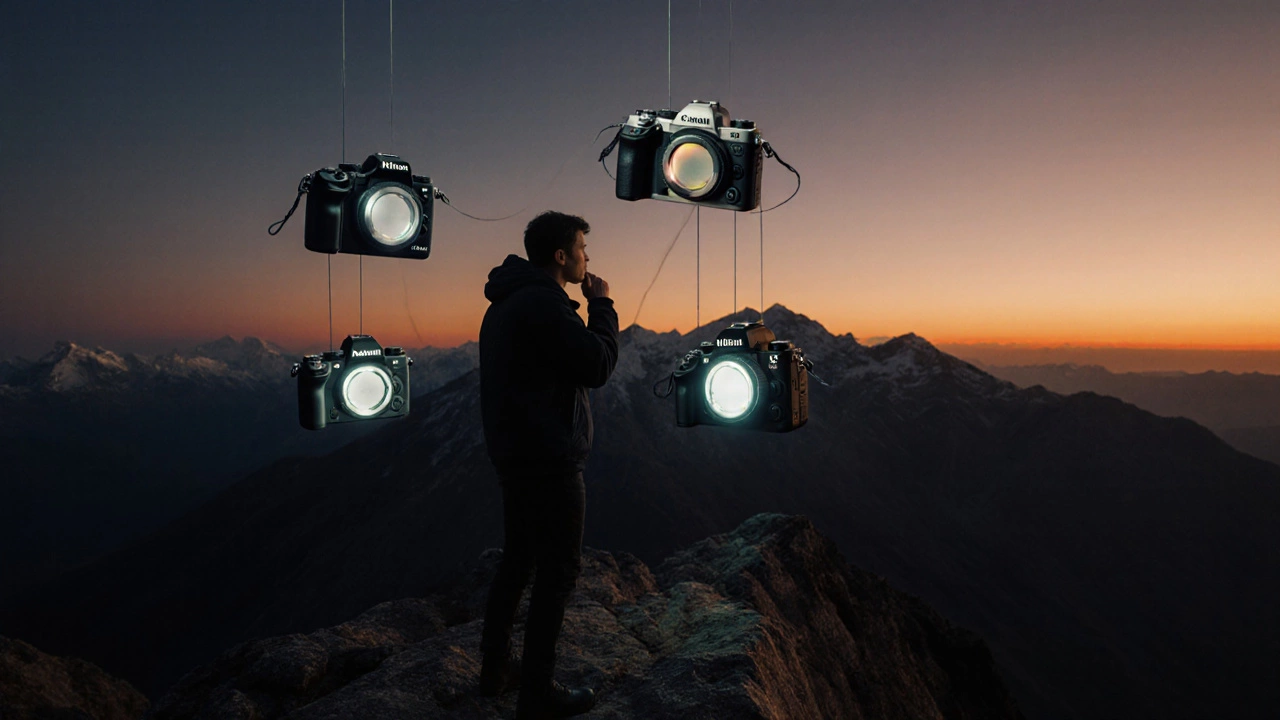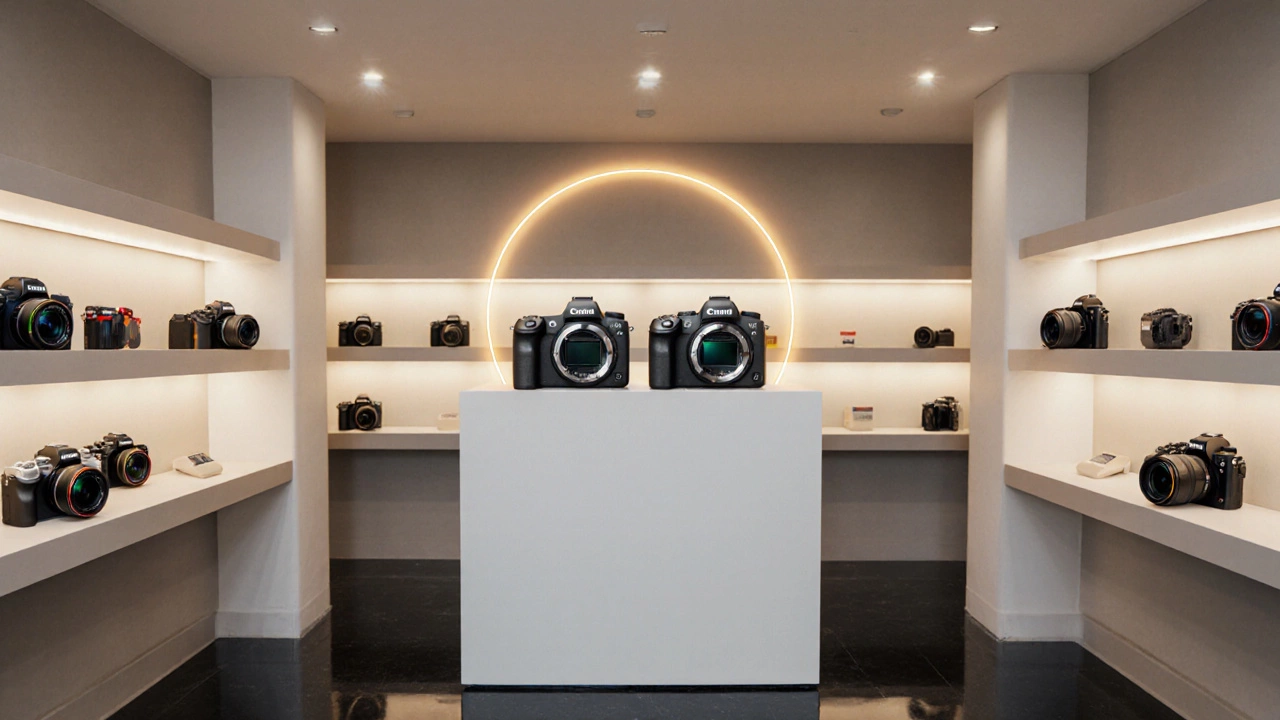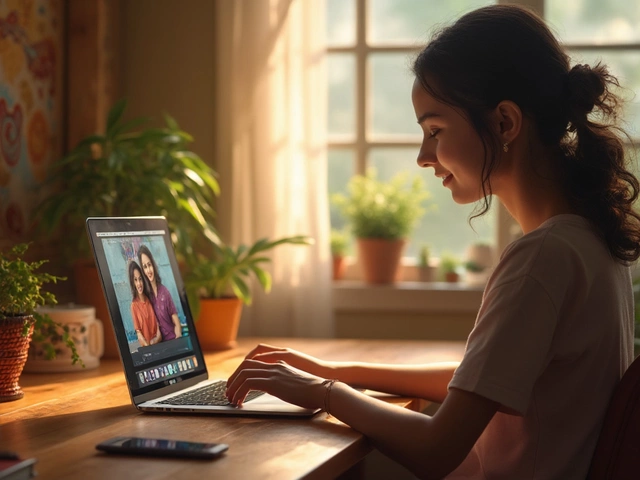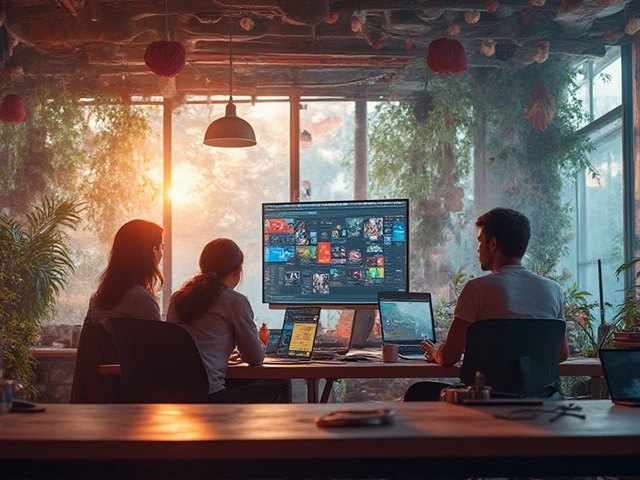Camera Brand Selector
Recommended Brand:
Why This Brand?
Top Camera Brands Overview
Canon
Best Overall
Market Share: 32%
Sony
Best Innovation
Innovation Index: 9.5
Leica
Luxury Choice
Resale Value: 80%+
Quick Takeaways
- Canon leads the global market in 2024 with a 32% share, making it the top camera brand worldwide.
- Nikon follows closely at 18%, while Sony holds the strongest position in mirrorless technology.
- Leica dominates the luxury segment, and Fujifilm excels in color science for enthusiasts.
- Choosing the right brand depends on your shooting style, budget, and ecosystem preferences.
- Our comparison table lets you spot the best fit in seconds.
When we talk about the camera brand is a company that designs, manufactures, and markets photographic equipment, especially interchangeable‑lens cameras. The quest for the No1 brand isn’t just about sales numbers; it’s about which company consistently delivers performance, innovation, and an ecosystem that photographers trust. Below we break down how we rank brands, the latest market data, and a deep dive into the eight most influential players.
How We Rank Camera Brands
Our ranking blends hard data with practical experience. Here’s the scorecard we use:
- Global market share (2024‑2025) - measured by unit shipments from IDC and CIPA.
- Product diversity - number of interchangeable‑lens models, from entry‑level to flagship.
- Innovation index - patents filed, sensor performance, and new features like AI autofocus.
- Professional adoption - share of brand usage among photojournalists, sports shooters, and wedding pros.
- Ecosystem health - lens lineup, accessories, firmware support, and resale value.
- Customer satisfaction - aggregated Net Promoter Score (NPS) from major surveys.
Each factor gets a weighted score; the brand with the highest total wins the crown.
2024‑2025 Market Overview
According to the latest IDC report, the worldwide interchangeable‑lens camera market shipped 12.3million units in 2024, a modest 4% increase over 2023. Mirrorless cameras now represent 68% of those shipments, pushing manufacturers to double‑down on electronic viewfinders.
By brand:
- Canon captured a 32% share, thanks to strong DSLR sales in Asia and a growing mirrorless lineup.
- Nikon held 18%, buoyed by its Z‑series mirrorless cameras.
- Sony owned 15%, leading in full‑frame sensor tech.
- Fujifilm accounted for 9%, driven by its X‑series APS‑C models.
- Panasonic contributed 7%, especially in video‑centric Lumix GH line.
- Leica, Olympus, and Pentax together make up the remaining 9%.
While Canon leads in sheer volume, the “best” or “No1” label also depends on the segment you care about.
Deep Dive into the Top Eight Brands
Canon
Canon’s EOSR5 and EOSR7 have set benchmarks for high‑resolution stills and 8K video. The brand’s EF‑mount legacy ensures millions of lenses are still usable, giving photographers a massive lens pool. Canon’s global service network scores an NPS of 68, the highest among all manufacturers.
Nikon
The Z9 and Z6II showcase Nikon’s push into high‑speed continuous shooting and low‑light performance. Nikon’s recent partnership with Sony for sensor supply has narrowed the gap in sensor tech, while its Z‑mount ecosystem now boasts over 150 native lenses.
Sony
Sony’s Alpha1 and A7IV dominate the full‑frame mirrorless arena. With the world’s largest sensor production capacity, Sony leads in dynamic range (15+ stops) and AI‑driven autofocus. However, its lens lineup is pricier, and third‑party support is still catching up.
Fujifilm
Fujifilm’s X‑Series (X‑T5, X‑100V) is beloved for its film‑simulation modes and superb color rendering. The APS‑C sensor design keeps bodies compact, and the brand’s dedication to classic design appeals to street photographers. Fujifilm’s ecosystem includes over 80 native lenses.
Panasonic
Panasonic focuses on video creators. The Lumix GH6 offers 10‑bit 4K/60p recording and unlimited recording time-features that attract indie filmmakers and event shooters. Its dual‑native ISO technology simplifies low‑light video work.
Leica
Leica remains the luxury choice. The M‑10‑R and SL2‑S deliver unparalleled build quality, and Leica lenses hold resale values above 80% after five years. The brand’s limited production means higher entry costs, but the image quality and prestige are unmatched for many professionals.
Olympus
Now operating under OMSystem, Olympus continues its Micro‑Four‑Thirds tradition with the OM‑1 and OM‑5. The smaller sensor size yields compact kits without sacrificing image quality, and the in‑body stabilization (up to 7.5 stops) is a standout.
Pentax
Pentax still serves a niche of outdoor and astrophotography fans. Its K‑mount DSLRs like the K‑3II offer weather‑sealing and high‑resolution sensors at competitive prices, though the ecosystem is smaller compared to the others.
Side‑by‑Side Comparison
| Brand | Global Market Share | Flagship Model(s) | Innovation Index* | Professional Adoption (%) | Average Entry‑Level Price (USD) |
|---|---|---|---|---|---|
| Canon | 32% | EOSR5 / EOSR7 | 9.2 | 38 | 1,800 |
| Nikon | 18% | Z9 / Z6II | 8.7 | 30 | 1,700 |
| Sony | 15% | Alpha1 / A7IV | 9.5 | 35 | 2,000 |
| Fujifilm | 9% | X‑T5 / X‑100V | 8.3 | 22 | 1,200 |
| Panasonic | 7% | GH6 / S5 | 8.0 | 20 | 1,500 |
| Leica | 3% | M‑10‑R / SL2‑S | 9.0 | 12 | 5,000 |
| Olympus (OMSystem) | 2% | OM‑1 / OM‑5 | 7.8 | 15 | 1,300 |
| Pentax | 2% | K‑3II | 7.0 | 10 | 1,000 |
*Innovation Index is a proprietary score (0‑10) based on patents, sensor breakthroughs, and AI features released between 2022‑2024.

Why the #1 Brand Matters to You
If you’re buying your first interchangeable‑lens camera, the leading brand often means better resale value and a wider pool of used lenses. Professionals benefit from brand‑wide service networks-an out‑of‑warranty repair with Canon’s 500‑store network can be far quicker than a niche brand’s limited centers.
Conversely, a niche brand might excel in a specific niche: Fuji’s color science for street photography, Sony’s speed for sports, or Leica’s craftsmanship for fine art. Knowing the #1 brand gives you a benchmark; the best fit is the one that matches your style, not just the market leader.
How to Choose the Right Brand for Your Needs
- Define your primary use. If video is 50% of your work, Panasonic’s video‑centric gear may outweigh Canon’s still‑image dominance.
- Set a budget. Entry‑level mirrorless models from Canon and Nikon sit around $1,200‑$1,500, while Leica starts above $5,000.
- Check lens ecosystem. A brand with 200+ native lenses (Canon, Nikon, Sony) offers flexibility for future upgrades.
- Consider ergonomics. Hold a camera in a store; weight, grip layout, and button placement affect daily shooting comfort.
- Look at firmware support. Brands that release updates for 5+ years (Canon, Sony) protect your investment.
After you score each point, the brand with the highest total aligns best with your personal workflow.
Frequently Asked Questions
Which brand currently holds the largest market share?
Canon leads with roughly 32% of global interchangeable‑lens camera shipments in 2024.
Is the No1 brand also the best for beginners?
Not necessarily. While Canon and Nikon provide extensive entry‑level kits, brands like Fujifilm offer intuitive controls and excellent image quality that many beginners prefer.
How does Sony’s innovation index compare to others?
Sony scores 9.5, the highest among all brands, driven by its leadership in sensor design, AI autofocus, and high‑resolution video capabilities.
Should I worry about resale value when choosing a brand?
Resale value matters if you plan to upgrade frequently. Canon, Nikon, and Sony retain 60‑70% of original price after three years; Leica holds above 80% due to its luxury positioning.
What’s the biggest advantage of choosing a niche brand?
Niche brands often specialize in a particular strength-Fujifilm’s color science, Olympus’s compact stabilization, or Pentax’s rugged weather sealing-giving you a tool that fits a specific workflow better than a mass‑market winner.
Bottom line: Canon sits on top of the global market, earning the title of the No1 camera brand in 2025. Yet the "best" choice for you hinges on what you shoot, how much you spend, and which ecosystem feels right in your hands. Use the comparison table, weigh the criteria, and you’ll land on the brand that truly works for you.





